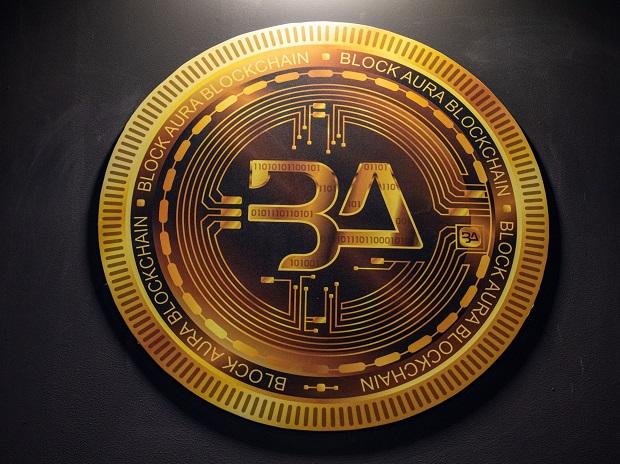The oldest cryptocurrency blockchain is being clogged up by a recent spate of Bitcoin-based memecoins such as Pepe, driving up transaction fees and renewing concern about the largest digital-asset trading platform.
Memecoins such as Pepe have surged in value in recent weeks as speculative traders seek to capitalize on massive price moves on the coins, which often trade at less than one cent, while market bellwethers such as Bitcoin no longer produce such outsized gains. Many of the tokens are being minted on the Bitcoin network for the first time after the recent launch of a protocol known as Ordinals that allows the digital artifacts such as NFTs to be carried on the original crypto blockchain.
“The high network fees have been caused by the en-masse minting of BRC-20 token,” said Jaime Baeza, founder and managing partner at digital asset hedge fund ANB Investments.
Binance is by far the largest exchange in the digital-asset sector following the collapse of rival FTX last year. Trading volume on the platform exceeded $7 billion in the past 24 hours, five times as much as the next nearest platform OKX, according to data from CoinGecko.
Last year’s crypto crash and bankruptcies like FTX undermined confidence in digital-asset platforms and skepticism continues to linger over the industry. Binance and rivals subsequently redoubled efforts to try and dispel worries about whether they have sufficient reserves.
Ordinals led to a “massive run up in network fees and congestion,” said Hayden Hughes, co-founder of social-trading platform Alpha Impact.
“The queue of transactions pending verification for inclusion in the blockchain has experienced significant growth in recent days, causing an increase in transaction fees and confirmation times,” he said.
Cold wallets aren’t connected to the internet, unlike hot ones, and are often viewed as a more secure way of storing digital currency.
Note:- (Not all news on the site expresses the point of view of the site, but we transmit this news automatically and translate it through programmatic technology on the site and not from a human editor. The content is auto-generated from a syndicated feed.))



